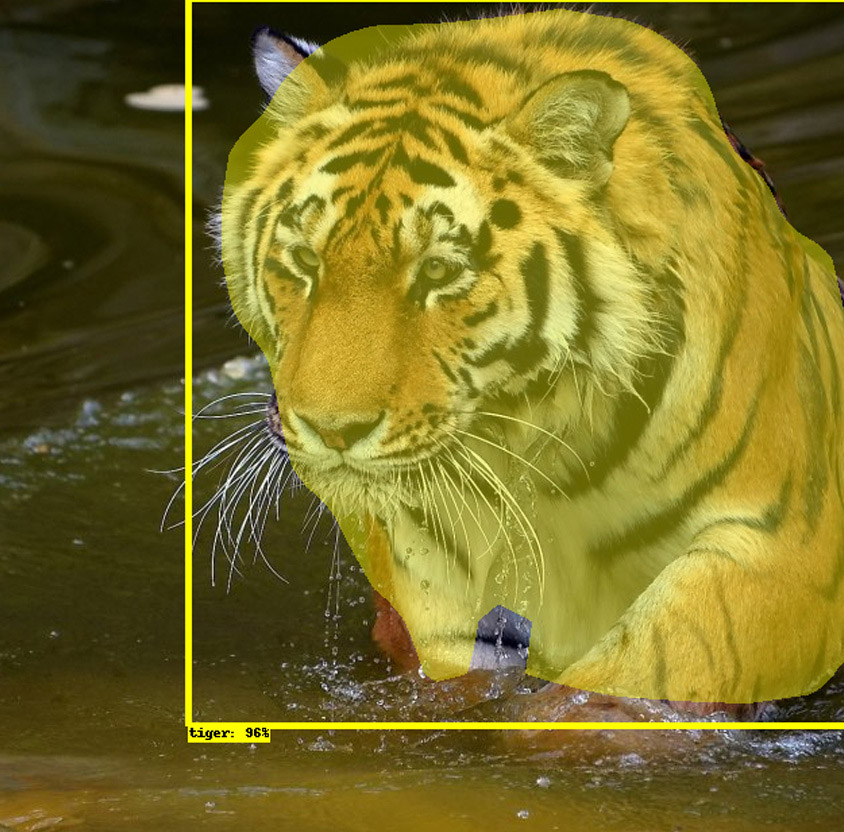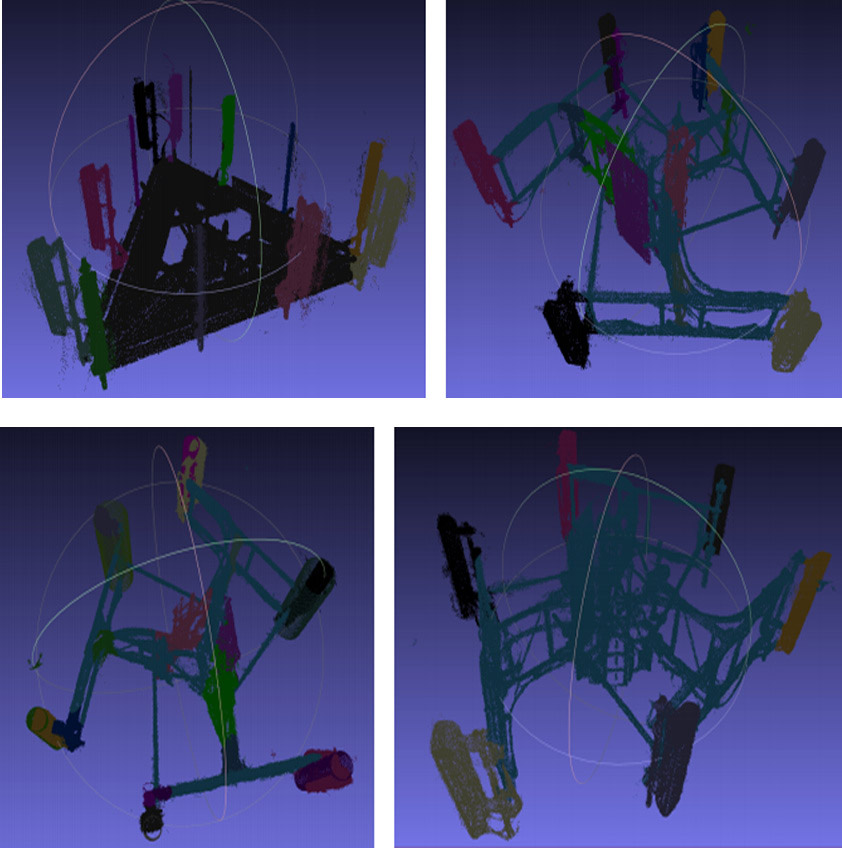System for comparative analyses and calculating Siberian tiger populations
Project targets

The Job
Object detection and facial comparison systems for the police
Project targets

The Job
Retinal recognition
Project targets

The Job
- segment the iris and highlight textures
- highlight singularities and create biometric patterns
- combine the patterns
Segment objects on communication towers in a 3D cloud of points
Project targets

